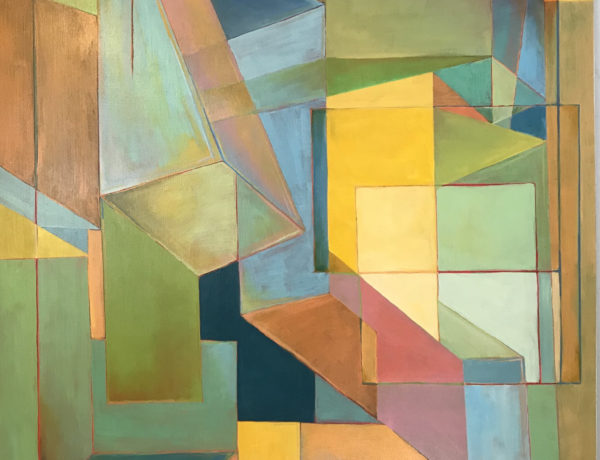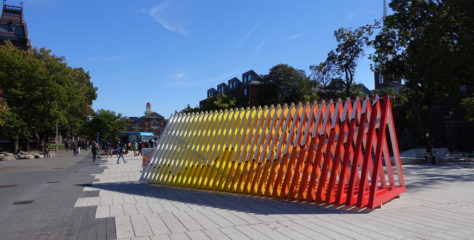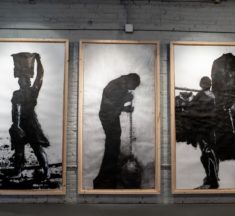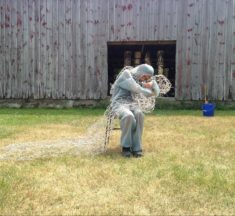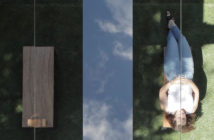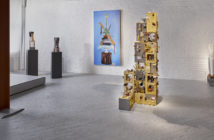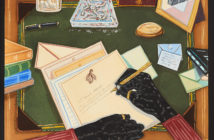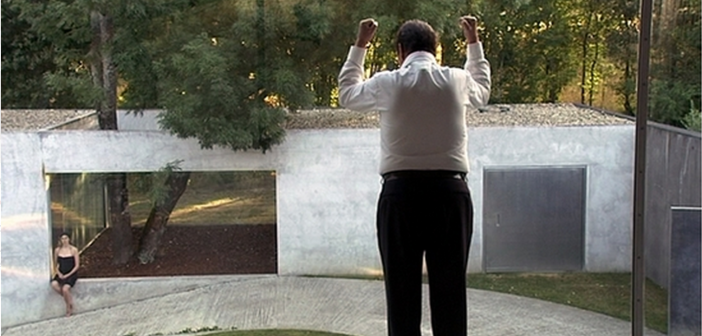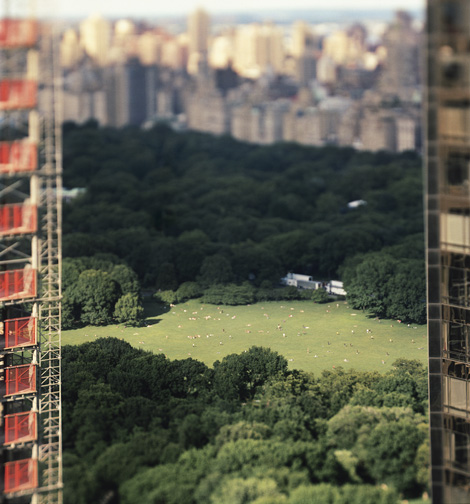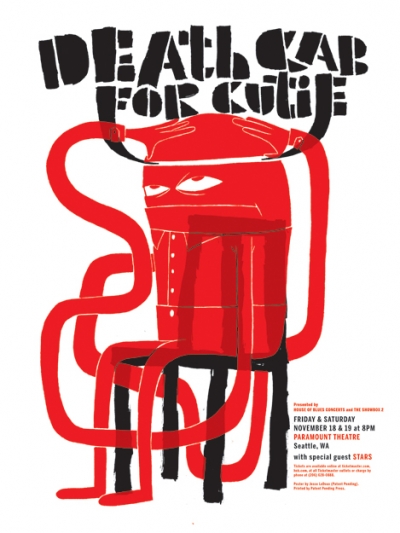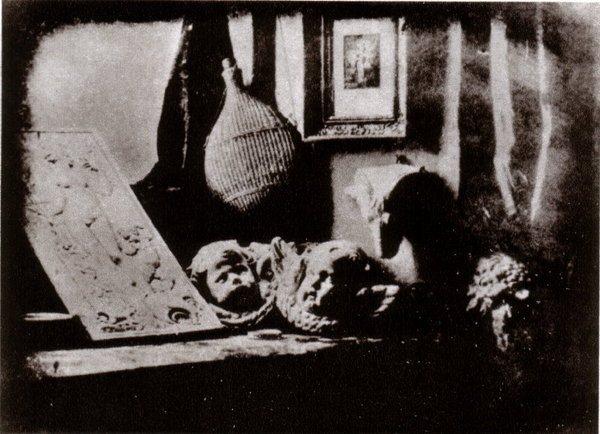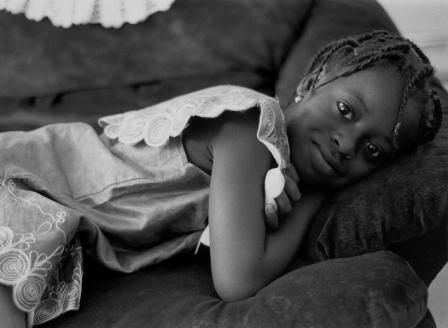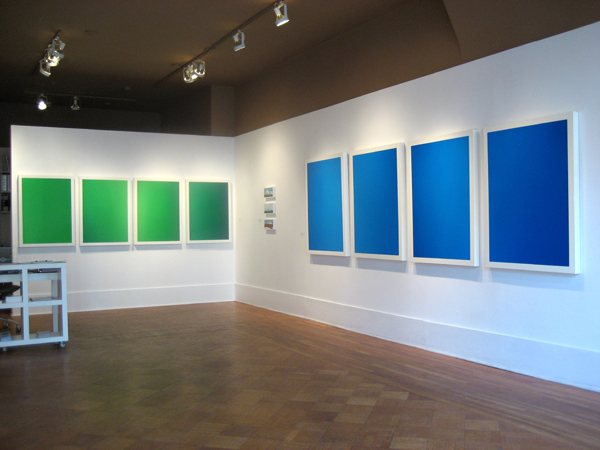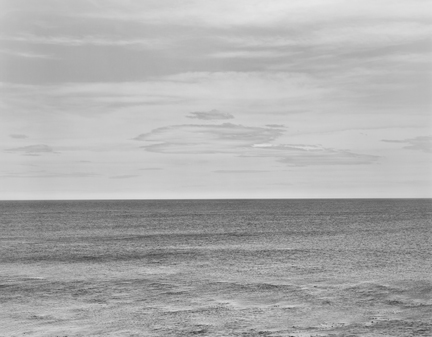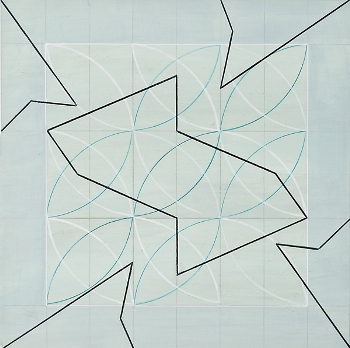Newest Features
Belgian artist David Claerbout’s first museum survey exhibitition in the US will open this Friday at MIT’s List Visual Arts Center. In an article I wrote about his work in 2004, I summarized: “In his work, David Claerbout moves between the poles of photography and film, media who both document the past, be it in a static or dynamic way. As a postmodernist, Claerbout doesn’t care about the culturally accepted divide and searches for the hybrid. The picture receives movement, the film is slowed down. The result goes beyond the suggestion of…
By JESS T. DUGAN Jess T. Dugan: How did you begin making photographs? Susan Wides: My first photo project was a booklet of aerial photographs of the World’s Fair in 1965 shot from the Monorail while traveling above the spectacle! In college I had the opportunity to study with the important teacher and artist Henry Holmes Smith. He came from the New Bauhaus in Chicago. He was a mentor for me and a living window onto Modernist history. The Bauhaus idea of not simply documenting, but to help people see in extraordinary…
By JENNIFER SCHMIDT Jesse LeDoux has been working over seven years as an art director and designer for Seattle-based Sub Pop Records and founding member of Patent Pending Design, LeDoux created iconic album and poster artwork for such artists such as The Shins, Iron and Wine, and Hot Hot Heat before launching his own illustration/design firm LeDouxville, in 2004. With work in the permanent collection at the Experience Music Project in Seattle, his art has been exhibited nationwide and abroad. A Grammy Awards nominee, LeDoux currently works out of his studio in…
By MATTHEW NASH The invention of photography in the early nineteenth century is generally held to be the innovation that freed painting from its history as a representational medium and opened the door for a century of Modernist exploration. The very nature of the photograph, as a medium for capturing and preserving the “real” world, provoked a drastic rethinking of what art could be, and was the catalyst for an array of new theories concerning representation, media, perception and artistic practice. As the availability of photography grew, and the cost of making…
By ROANNA FORMAN In her first show as curator, painter and installation artist Pamela Sheridan juxtaposes the works of three artists – painter Jeff Suarez, photographer Carol Gaudreau and her own – in a way that pretty much makes the viewer say, “Huh? Why’s this one next to that one?” That’s to say, Sheridan pushes her viewers to use an artist’s eye in viewing the show. Carol Gaudreau’s digital and gelatin silver portraits and landscapes reveal her subjects’ surface and depth simultaneously. She intuitively understands that portrait photography is a dialog between…
By JON PETRO The Newbury Street art scene is pedestrian by location and concept. By which I mean, it’s neither dead or alive; it simply exists because of what it once was. It rarely shows any type of art that would be relative to the cutting edge. If Newbury Street was all-encompassing, then 450 Harrison Avenue would have never happened. This idea is not exclusive to the Boston art scene; Soho gave way to Chelsea and, to a lesser degree, the latter to Williamsburg and the lower east side. It is a…
By SCOTT ALBERG Chip Hooper’s ten silver prints, from the series New Zealand’s South Pacific and Tasman Sea, exhibited at the Robert Klein Gallery, are on first glance evocative of the hackneyed sublime one has come to expect from traditional black and white photographs of beaches and oceans. Adroitly printed and artful in their use of tonality and contrast, Hooper’s photographs capture the momentary play of light on the waves, the unyielding expansiveness of the ocean, and the stoicism of rock formations on the frontline of the Tasman’s cyclical advances onto the…
By DAVID O. AVRUCH Anne Krinsky’s show at the Soprafina Gallery, “Diagonal Thinking,” offers 16 works on paper and panel and a friendly, accessible aesthetic. Fourteen of the works, from whose titles the show draws its name, are variations on a theme: gridded and polychromatic backgrounds overlaid with the black skeleton of a four-pronged pinwheel with the black outline of an irregular octagon carved from the work’s center. The variations come in palette and gestural texture methods of application and bells and whistles such as polka dots, large beige diamonds, grids of…

